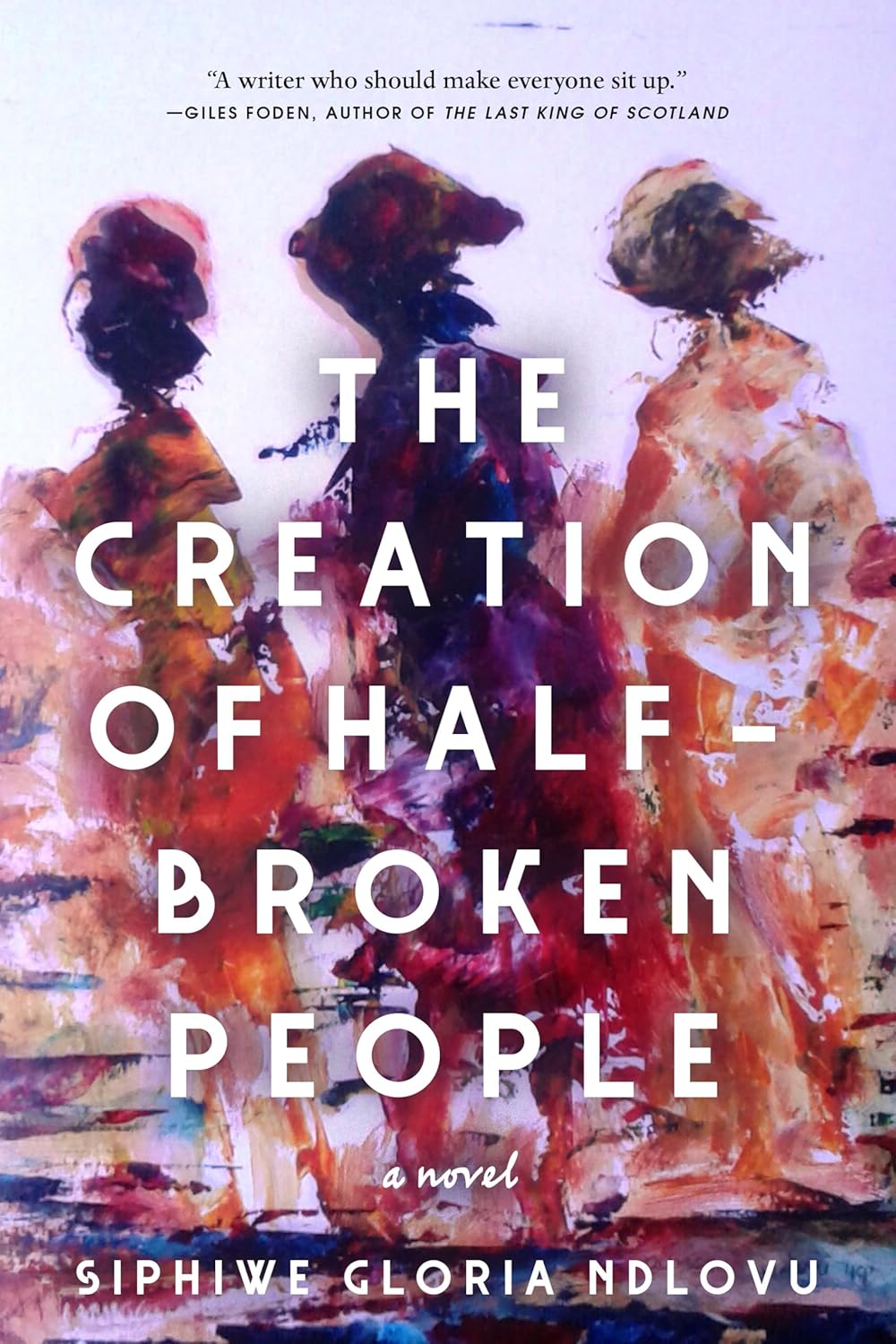
I would never have been able to articulate so well what lay at the heart of my parents’ failed relationship had I not become aware that the vague searching and yearning feeling I had felt since the Lady Doctor’s passing was my own desire to run … to escape. I never felt like my parents’ child until I grasped what lay at the heart of me.
I remember once watching a short film about an empty plastic bag blowing this way and that, going wherever the wind chose to take it. I remember crying, sobbing actually, making everyone in the darkened theatre uncomfortable. Then I had no idea why I was crying, but now I realise it was the emptiness of the journey – the strong desire to be elsewhere when elsewhere is unknown – that broke my heart, because I understood and felt it so deeply and implicitly.
In my life I have tried to travel towards a familiar, if not desired, destination; to be like my mother and fall in love with ordering and cataloguing things; but, really, I have always been like my father: aimless and lost. I understand now that running with no direction – when I met John B. Good IX, when I got the job at the Good Museum, when I moved into the attic of the Good House, when I birthed the Three Good Children – has propelled my life into stagnation.
I would like to say I have arrived at this self-awareness on my own, but I have not. I have had help from a very unlikely source.
One day I am woken by the scratching sound. Something sharp repeatedly scrapes against the surface of something dry. I wait for the writing to appear on the wall; it does not. In the morning light, I find I am not alone. The venerable woman with sagacious eyes I saw all those years ago at the protest outside the Good Museum: she is in the attic with me. She does not immediately notice that I am awake as she runs her fingers along the wallpaper.
‘No wonder it has been difficult for you to receive inspiration,’ she says without turning to look at me. Perhaps she has been aware all this time that I am awake. She speaks a language I should not understand, and yet I find that I do.
I clear my throat as though readying it to say something, but I do not say anything.
‘Some things have come through, have they not?’ she asks. ‘You have seen the words.’
It takes me a moment, but I nod. The venerable woman with sagacious eyes smiles.
She walks towards me, sits on the bed, takes my hands in hers, and without further ceremony we are sharing a vision. First, we see six men – three white, two black and one mixed-race – in the act of killing an elephant. I recognise all the men from the ‘Killing of an Elephant’ tapestry. The elephant dies only after it kills one of the black men. Next, we see the five survivors entering a cave and discovering a dead white man. One of the men – the mixedrace one – dies in the cave.
After this, we see the four survivors involved in a battle with many black warriors. One of the white men, the one with the golden hair, fells a black warrior’s head with an axe. The beheaded man must have been the king because the surviving black man takes his place, and is immediately coroneted. And then we see the three white men enter a cave. The venerable woman with sagacious eyes is with them, as is a young woman whose eyes are heavy with never-ending sorrow and love. The venerable woman with sagacious eyes points her finger towards something that glimmers in the distance.
The three white men walk and then crouch and then creep and then crawl as they move into the darker recesses of the cave. They look like half-broken things as they scurry their way towards the glimmering light in the distance. The glimmer is made up of an abundance of glinting objects. Once they reach the glinting objects, one of the men starts filling his pockets with them. The next thing we see is the three white men escaping from the cave, leaving, dead behind them, both the venerable woman with sagacious eyes and the young woman with eyes of never-ending sorrow and love. The last thing we see in this particular vision is one of the white men sitting at a desk, pen and paper in hand, writing what follows:
I am going to tell the strangest story that I know of. It may seem a queer thing to say that, especially considering that there is no woman in it — except Foulata. Stop, though! there is Gagaoola, if she was a woman and not a fiend. But she was a hundred at least, and therefore not marriageable, so I don’t count her. At any rate, I can safely say that there is not a petticoat in the whole history
The venerable woman with sagacious eyes lets go of my hands and the vision ends.
I know this story! King Solomon’s Mines.
***
Excerpt from THE CREATION OF HALF-BROKEN PEOPLE published by Anansi International. Copyright © 2025 by Siphiwe Gloria Ndlovu.
Pre-order your copy here!


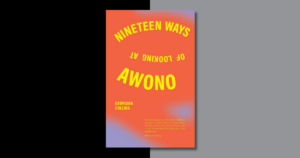

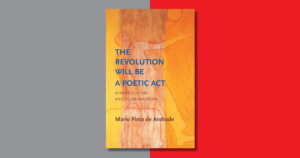
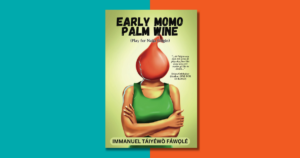
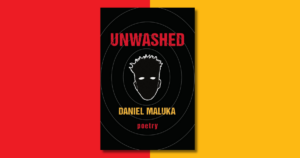
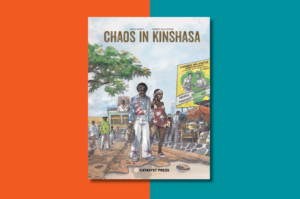

COMMENTS -
Reader Interactions